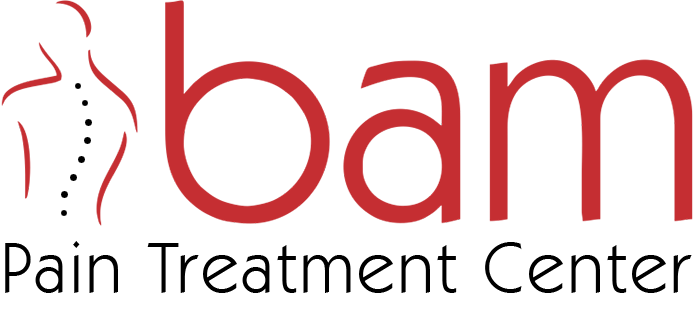The sciatic nerve is one of the biggest nerves in our body. The waist comes out from the spinal column at the bottom and goes from the back of the stump to the tip of the toe. It is a muscle that activates two thirds of the muscles in our leg.
The sciatic nerve may be exposed to pressure when passing under the muscle called piriformis in the hip region. There are several reasons for this exposure. Muscle overstretching, contraction, inflammation, trigger point disturbance, sitting for a long time, carrying a wallet on the back can cause such reasons. The sciatic nerve damage can also be seen due to injections made from the hip. This type of sciatica injury usually results in more severe sciatic nerve injury and is different from nerve impingement syndrome.
Symptoms of the disease are pain, leg numbness, tingling, and loss of strength in the posterior period, which hit the hip and back of the thigh.
In the examination, there is sensitivity and pain in the sciatic nerve-specific spots. The stretching tests performed on the sciatic nerve and piriformis muscle are positive. Muscles that the sciatic nerve is running can lose power. Decrease in the ankle reflex and loss of sensation in the lower part of the knee.
The diagnosis is usually not very easy. Because there are a number of pathologies that can cause such pain, it may not always be easy to separate them. Other discomforts that may cause complaints similar to sciatica pain; obturator nerve compression, sacroiliac joint problems, myofacial pain syndrome, facet syndrome, etc. as. It is an electromyography (EMG) that should be performed primarily in patients suspected of having sciatica neuropathy. EMG is an excellent method of diagnosing nerve and muscle diseases. We can distinguish whether hip and thigh pain is due to back or sciatic nerve compression thanks to EMG. In addition to EMG, evaluation with x-ray, ultrasound and if necessary with MR may be necessary.
In the treatment of sciatic neuropathy associated with pyriformis muscle, drug treatments for pain relief, open - stretching exercises for piriformis muscle, sciatic nerve blockade, piriformis muscle injection, and physical therapy methods may be applied.
Sciatic nerve blockade and piriformis muscle injections are highly effective methods and can be more successful and safe when performed under ultrasound guidance.

